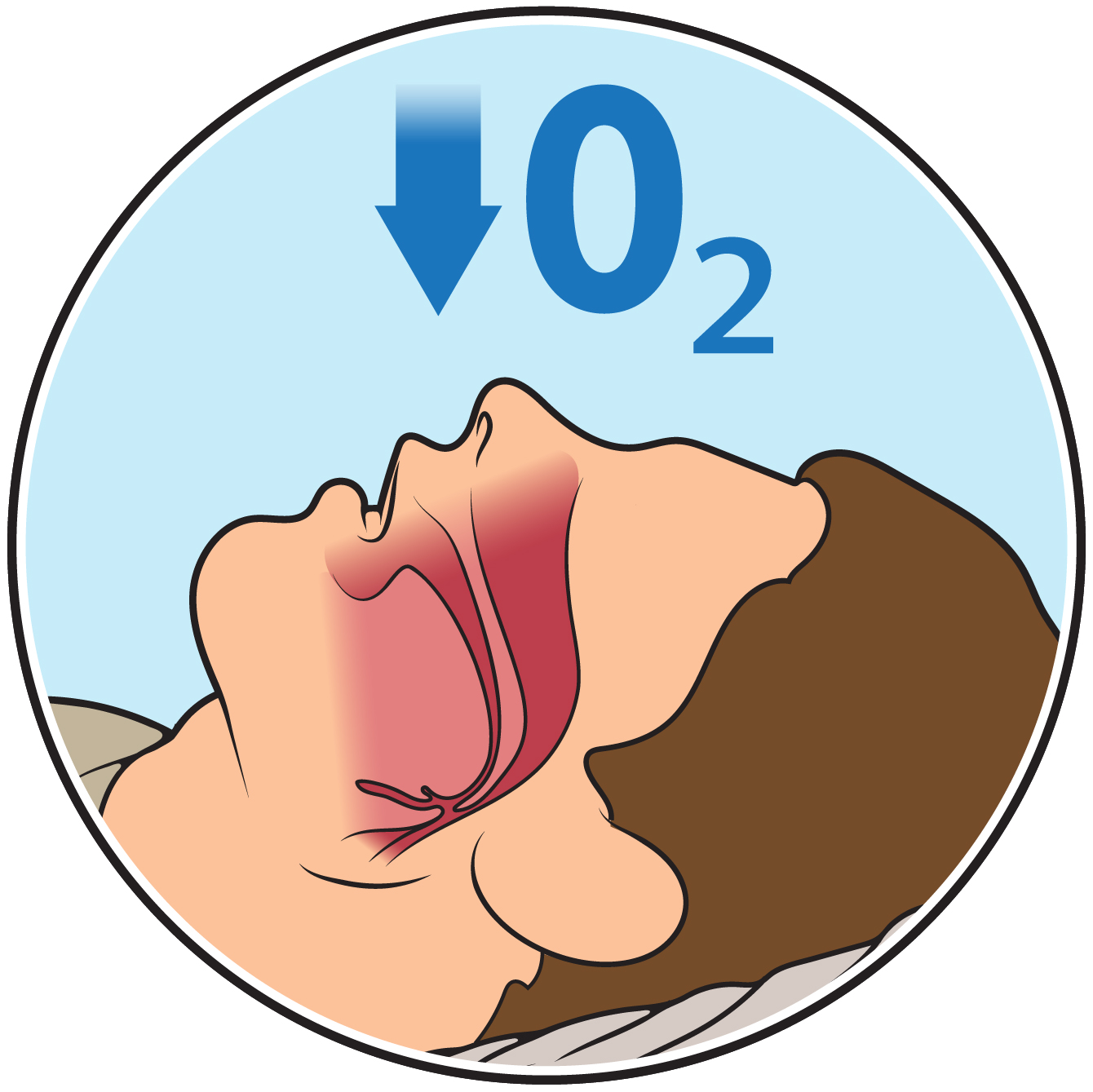Abstract
This is a study of intraoperative mean arterial pressure in obstructive sleep apnea patients undergoing weight loss (bariatric) surgical procedures. Participants are 281 adult patients diagnosed with obstructive sleep apnea within two years prior to their bariatric surgery. In addition to mean arterial pressure, the dataset includes information on demographics, nocturnal oxygen status, comorbidities, type and duration of surgery, vasopressors, and heart rate. The data are cleaned and does contain some missing data. There are no outliers or data problems. The source of these data is the study by Turan et al. “Relationship between Chronic Intermittent Hypoxia and Intraoperative Mean Arterial Pressure in Obstructive Sleep Apnea Patients Having Laparoscopic Bariatric Surgery”. Anesthesiology 2015; 122: 64-71.
| Study Design | Topic | Statistical Method | Statistical Method | Statistical Method |
|---|---|---|---|---|
| Retrospective Cohort | Obstructive Sleep Apnea | Correlation | Linear Regression | Logistic Regression |
Contributor
The Hypoxia MAP dataset was contributed by Dr. Amy Nowacki, Associate Professor, Cleveland Clinic. Please refer to this resource as: Amy S. Nowacki, “Hypoxia MAP Treatment Dataset”, TSHS Resources Portal (2022). Available at https://www.causeweb.org/tshs/hypoxia/.
Background
Sleep apnea, literally “without breath”, occurs during sleep when one’s breath becomes very shallow or briefly stops altogether. Episodes of sleep apnea typically last 20 to 40 seconds and can happen many times a night in some people. Sleep apnea is of various types, one of which is obstructive sleep apnea (OSA) and is the focus of this dataset. OSA has physical causes; it occurs when something partly or completely blocks the upper airway during sleep. OSA is usually associated with a reduction in blood oxygen saturation. Notably, approximately 30% of the general population suffer from OSA.
Obstructive sleep apnea (OSA) is characterized by specific events and their severity. OSA events are of two types: an apnea, characterized by complete cessation of airflow for at least 10 seconds, or a hypopnea in which airflow decreases by 50 percent for 10 seconds or decreases by 30 percent if there is an associated decrease in the oxygen saturation or an arousal from sleep. Sleep apnea severity is the frequency of event occurrence per hour and is assessed using the apnea-hypopnea index (AHI). An AHI of less than 5 is considered normal. An AHI of 5-14 is mild; 15-29 is moderate and 30 or more events per hour characterizes severe sleep apnea.
As a result of OSA, nocturnal oxygenation levels are often lower than normal. Two common measures are the percentage of total sleep time spent at Sao2 less than 90% and the minimum nocturnal Sao2 listed in polysomnography reports. OSA is of concern because of its relationship to cardiovascular disease, with a diagnosis of moderate-to-severe disease (AHI ≥ 15) being identified as an independent risk factor for all-cause and cardiovascular mortality. Patients suffering from OSA present with a chronic enhancement in sympathetic adrenergic activity (system involved in maintaining homeostasis) that is considered one of the major mechanisms in the development of cardiovascular health issues in this population. Such hemodynamic instability is hypothesized to increase the risk for intraoperative and/or postoperative morbidity in OSA patients undergoing surgery.
Objective
This study tested the hypothesis that nocturnal intermittent hypoxia consequent to OSA is associated with decreased intraoperative mean arterial pressure (MAP). A planned secondary analysis evaluated the relationship between nocturnal oxygenation status and intraoperative use of vasopressors.
Subjects & Variables
| Subject | # Obs | # Var | Introduction | Data Dictionary |
|---|---|---|---|---|
| Mean Arterial Pressure (MAP) | 281 | 36 | Hypoxia MAP Dataset Introduction | Hypoxia MAP Data Dictionary |
Data Downloads
| Posting Date | Contributor (email) |
|---|---|
| 6/8/22 | Amy S. Nowacki (nowacka@ccf.org) |
| R | SAS | STATA | SPSS | Minitab | Excel |
|---|---|---|---|---|---|
| Hypoxia-R | Hypoxia-SAS | Hypoxia-Stata | Hypoxia-SPSS | Hypoxia-Minitab | Hypoxia-Excel |
Teaching Resources
last updated on 6/8/2022
| # | Name (link) | Posting Date | Author (email) | Type | Statistical Topic | Level | Keywords |
|---|---|---|---|---|---|---|---|
| – | – | – | – | – | – | – | – |

